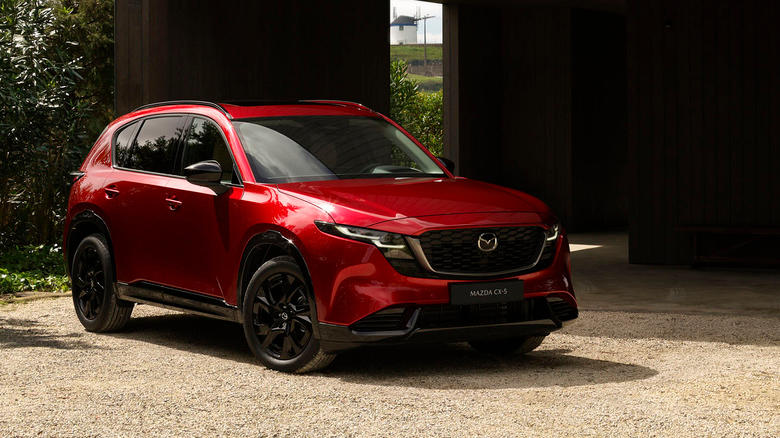
The tariff hits to automakers' profits are starting to add up. GM is looking at $4-5 billion, Ford $3 billion, Stellantis around $2 billion – and that's just for 2025! Joining this dire chorus is Mazda; the impact from the import taxes will amount to $1.6 billion though the end of the company's fiscal year next March. But don't worry, Mazda's leadership says. According to Automotive News, CEO Masahiro Moro thinks a "cocktail of countermeasures" can reduce Mazda's tariff exposure by 60 percent.
All the automakers getting clonked by Trump's incoherent application of tariffs have offered strategies to avoid falling into the red thanks to 15 percent import taxes and 50 percent duties on raw materials, such as aluminum and steel. Mazda's plight is almost poignant, as the company has the lowest market share of any Japanese carmaker in the U.S. – 3 percent – but was coming off an sales increase of 17 percent in 2024, with Moro and his team looking to continue the momentum in 2025.
And why was Mazda able to boost U.S. sales in 2024? Because it sells an incredibly appealing lineup of affordably priced SUVs that combine reliability with versatility and fuel economy. Oh, and Americans really, really like its cars.
Read more: These Are Your Favorite Factory Exhaust Designs
Zoom Zoom, Not Doom Doom
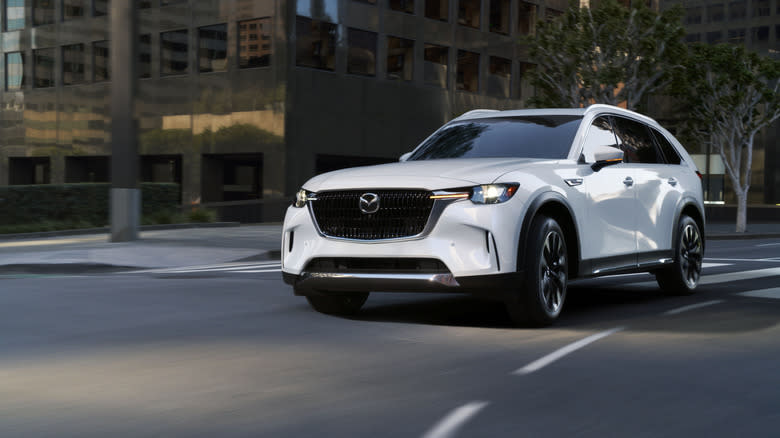
I've owned three Mazdas: a Miata, a small pickup, and a subcompact 323. When I was more routinely reviewing cars, I was never less than impressed with the company's offerings. But what's really admirable about Mazda is its irrepressible, plucky optimism. It is a happy, fun-loving company.
Mazda's response to a rough quarter (it just posted a net loss) is therefore unsurprisingly encouraging but also perhaps a bit delusional. Or maybe just a cheery piece of misdirection, as two of Moro's key "countermeasures" appear to be price increases and reduced incentives. A little back-of-the-envelope calculation suggests that if Mazda sacrifices much of the average $2,800 in incentives it's been offering of late and hikes the sticker on its 2026 U.S. vehicles, customers could be paying four or five grand more for a CX-5.
The assignment is daunting: Mazda wants to knock well over half a billion dollars off its operating costs moving forward. But it also wants to manage a profit for the fiscal year, albeit a greatly reduced one.
Bigger And More Expensive SUVs To The Rescue
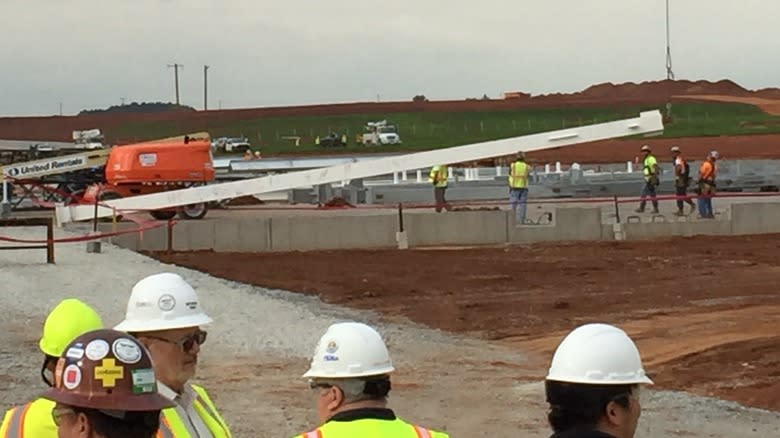
One very American solution to the company's woes is to lean into selling more high-margin SUVs, such as the CX-50, CX-70, and CX-90, Automotive News reported. It will be interesting to see if that plan, plus higher prices and lower incentives, will undermine Mazda's hard-earned U.S. market share, which is on a par with BMW's. The grim optimist in this whole miserable scenario might conclude that Trump's tariffs will cause all boats to sink equally. A declining overall level of U.S. sales means that everybody loses but retains their relative market position. But that's cold comfort if you're less profitable, to the tune of a billion bucks or more.
Some bad stuff has happened to the U.S. auto market over the past 20 years, with the financial crisis and the pandemic being the two worst events. It's early days, but I think tariffs might end up beating out both those black swans. Mazda has been in the U.S. since 1970 and is really part of the family. In the U.S, the company sells about a third of the 1.3 million vehicles it builds annually. Mazda also joined with Toyota in 2019-20 to invest well over $2 billion in an Alabama factory, in deep red Trump country. Americans who own Mazdas generally love them. Throwing a bunch of poorly conceived tariffs at them just seems, well...mean.
Want more like this? Join the Jalopnik newsletter to get the latest auto news sent straight to your inbox...
Read the original article on Jalopnik.
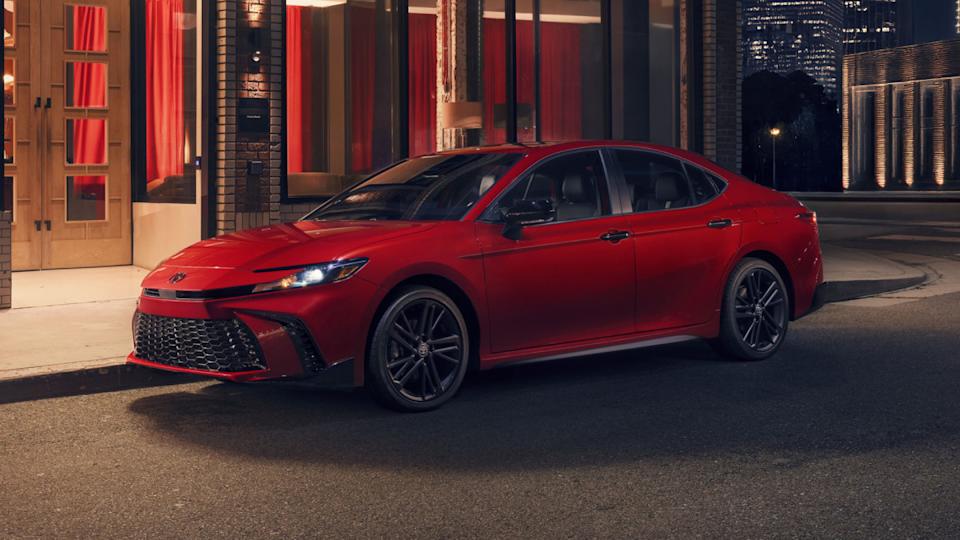

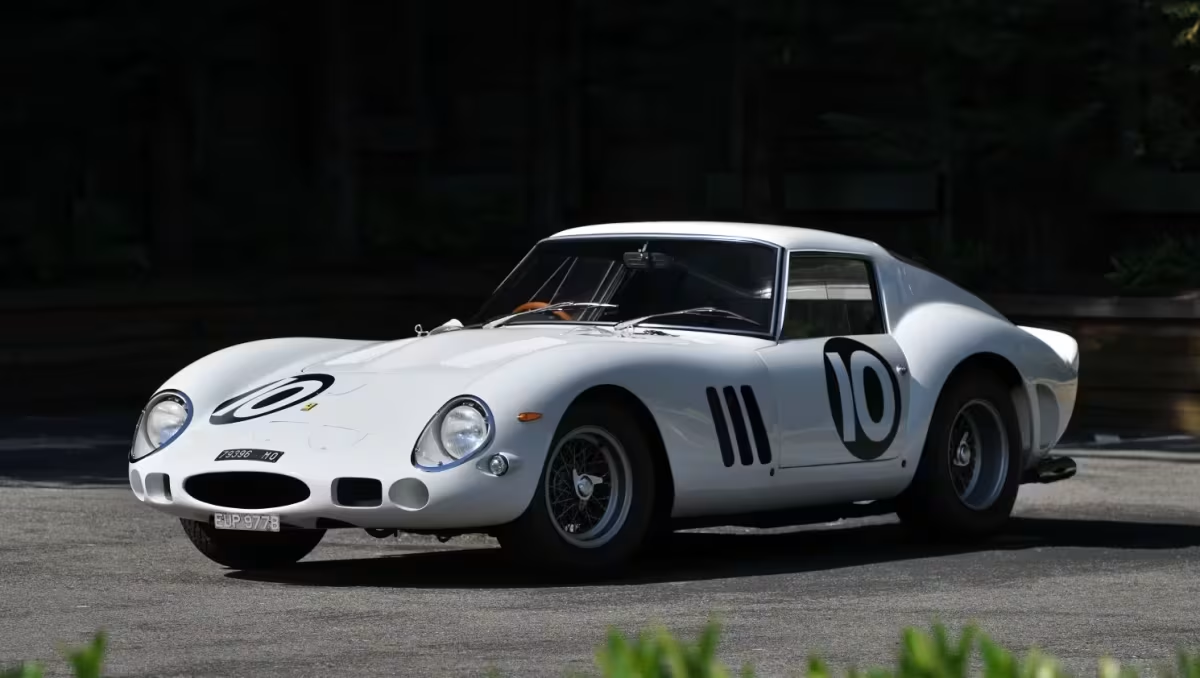
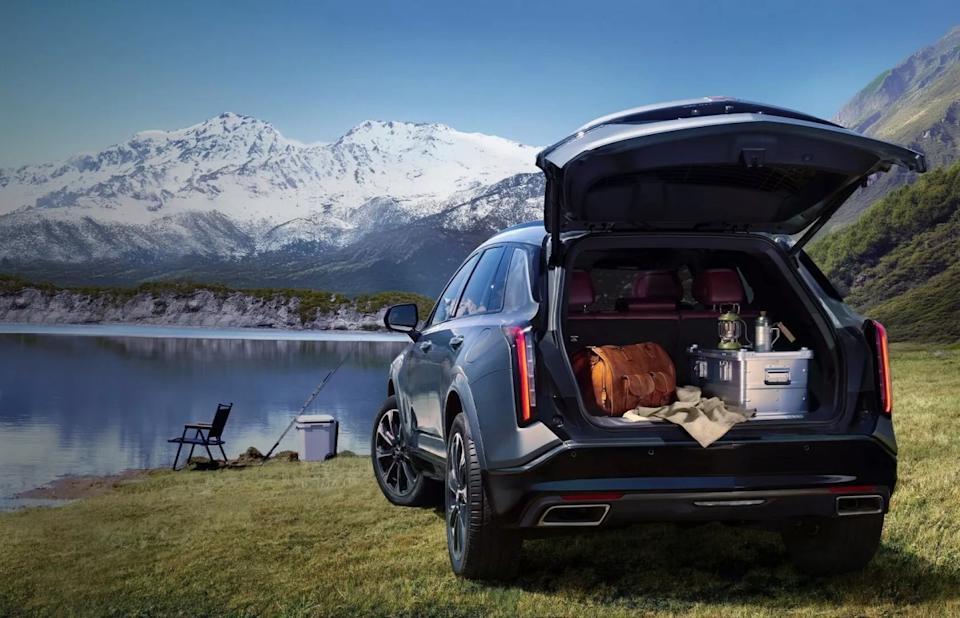
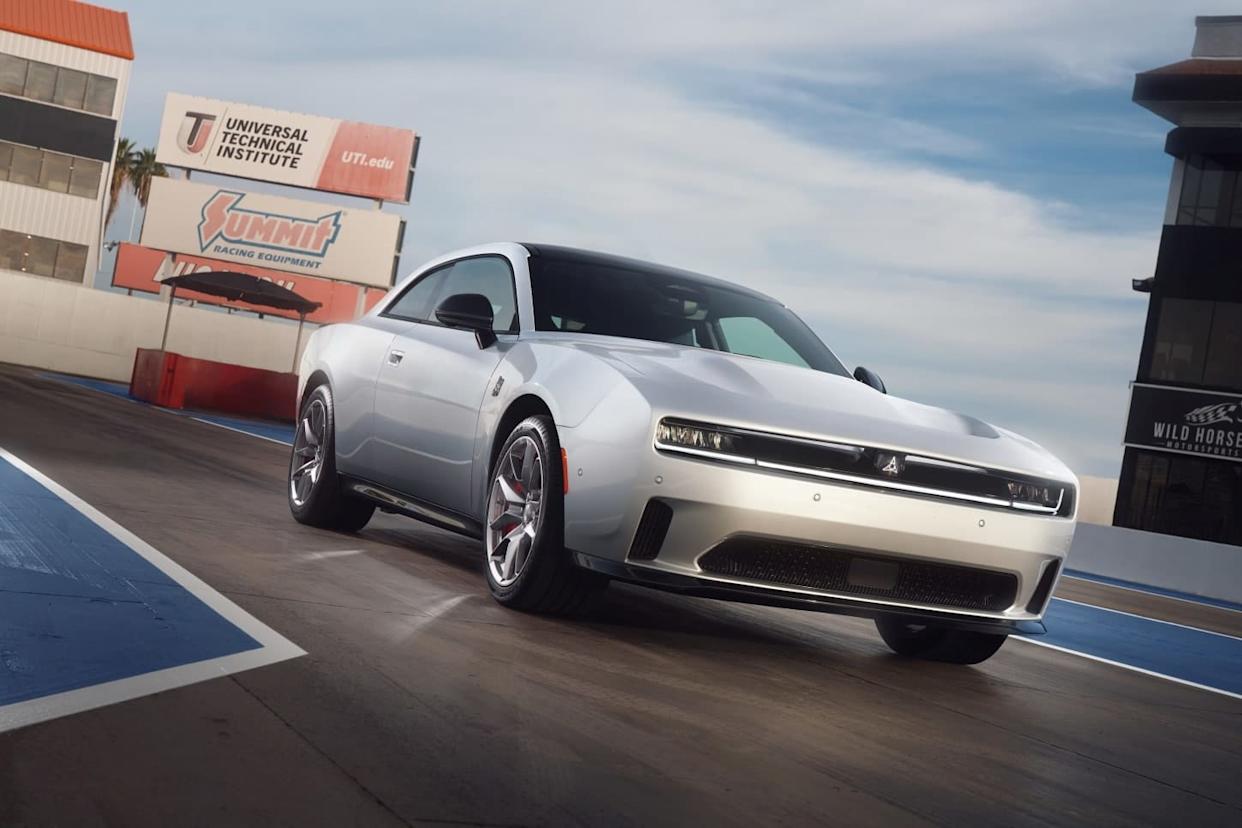
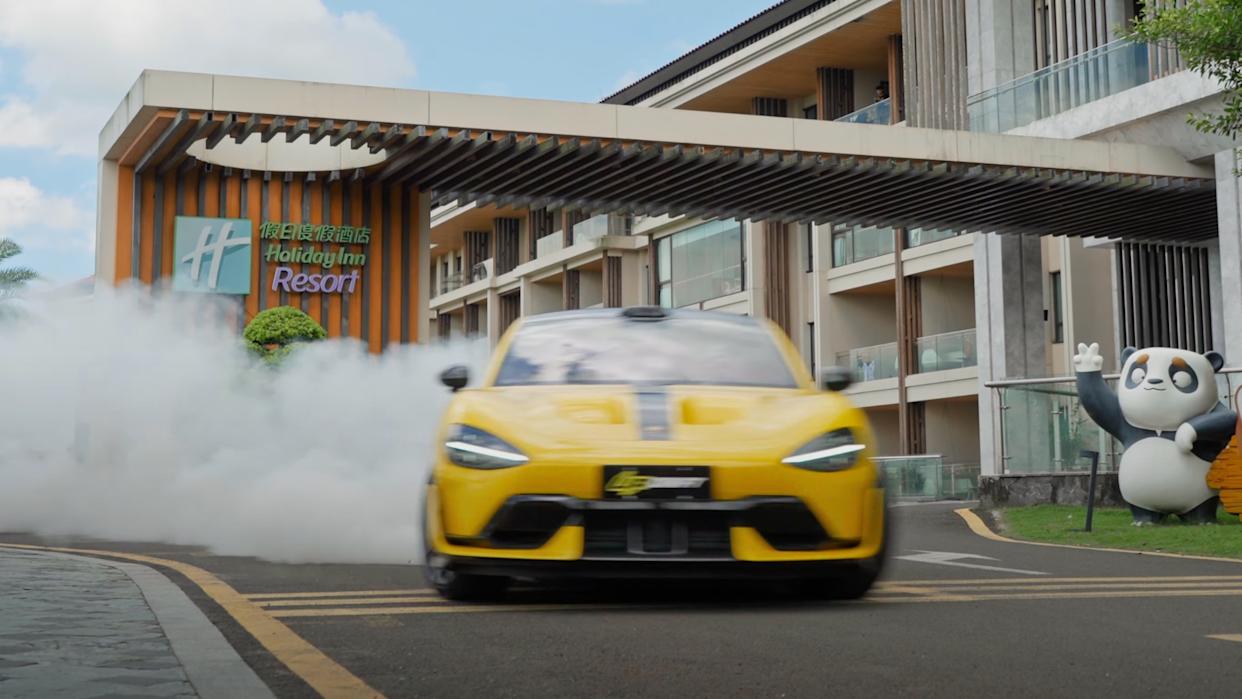
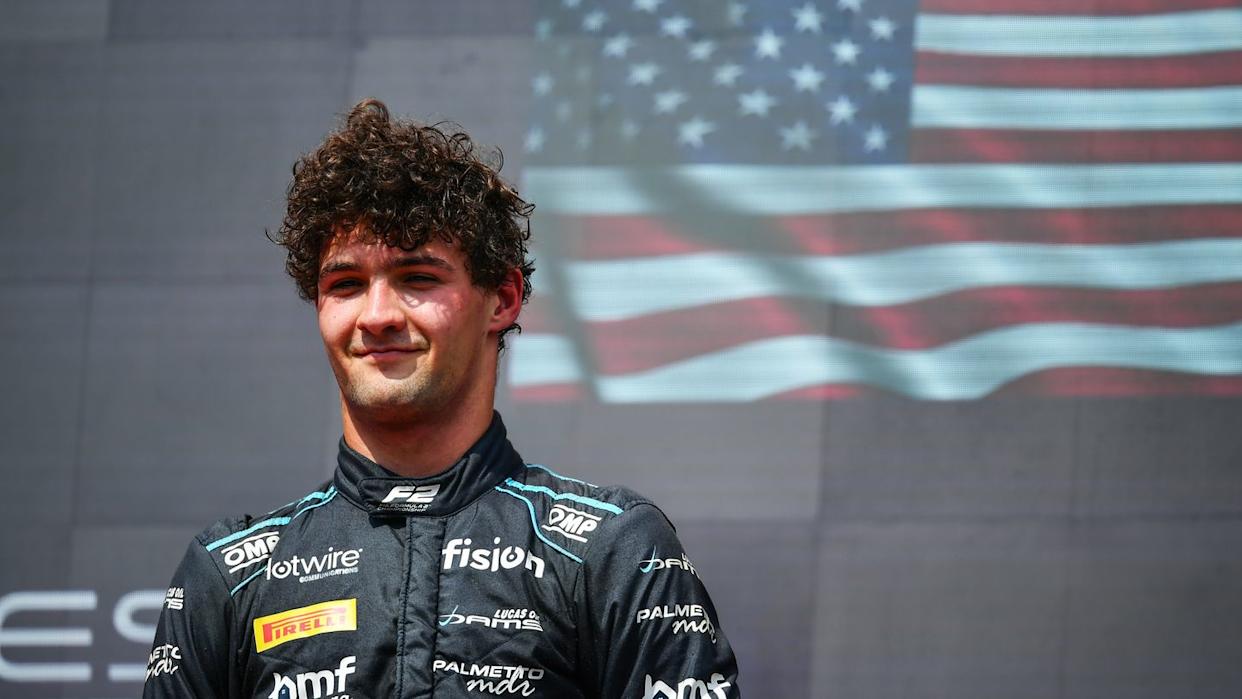
![The 2025 VW Golf GTI's Interior Fixes Our Loudest Complaints [Photos]](https://caiji.70m.top/data/images/a7/394512d4c9fcaee418e90866a99fdb.jpg)
Comments